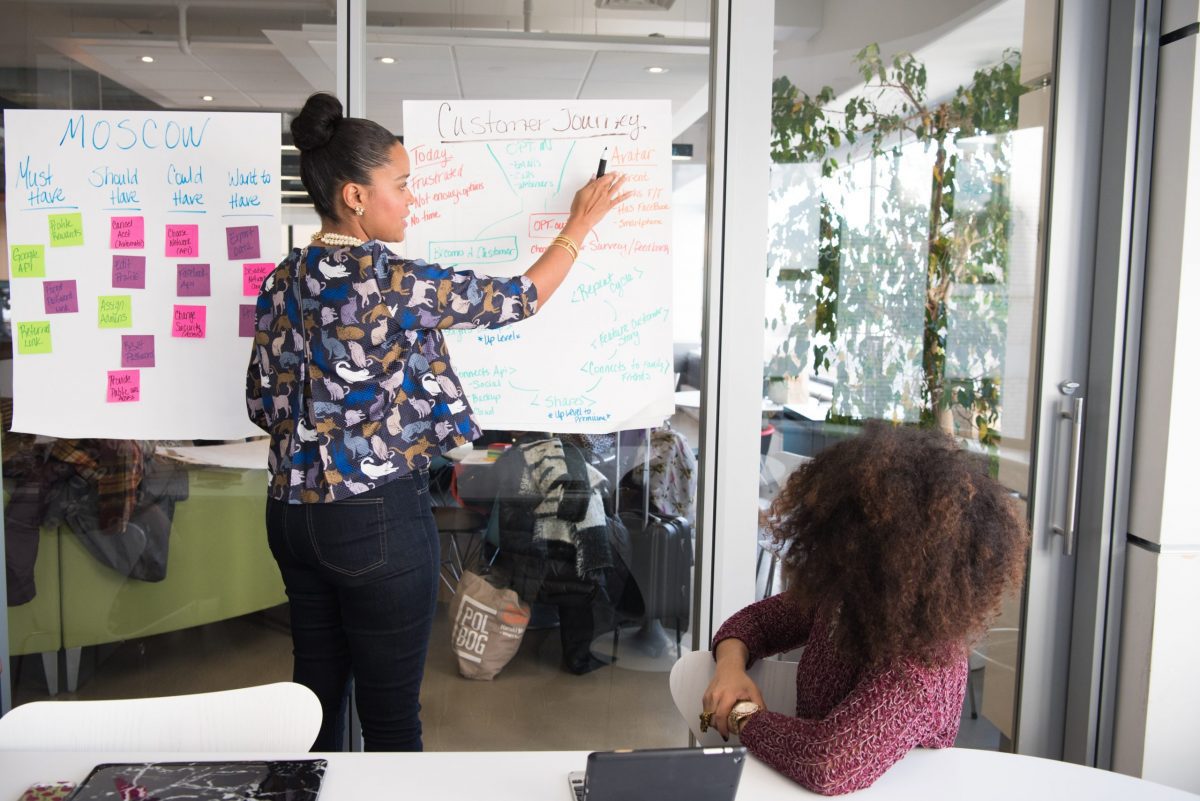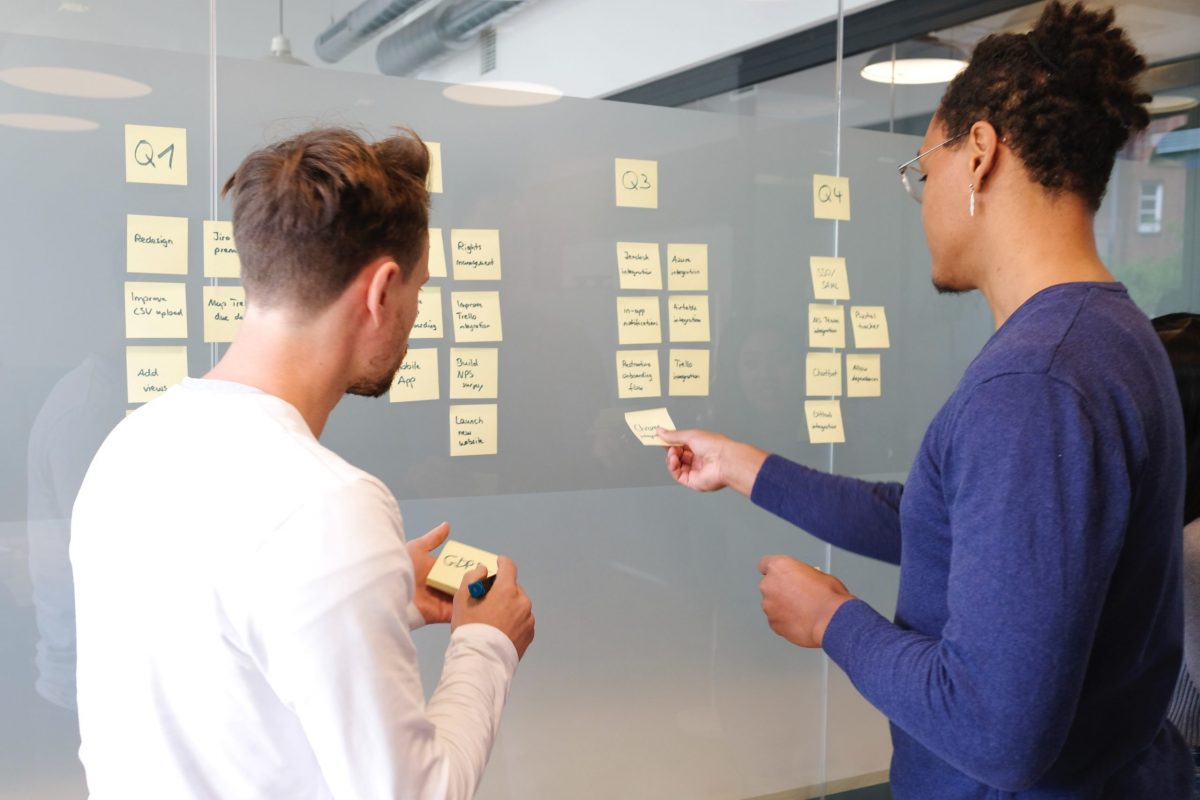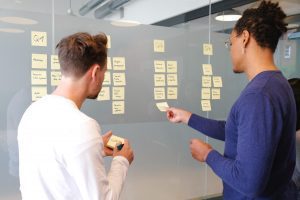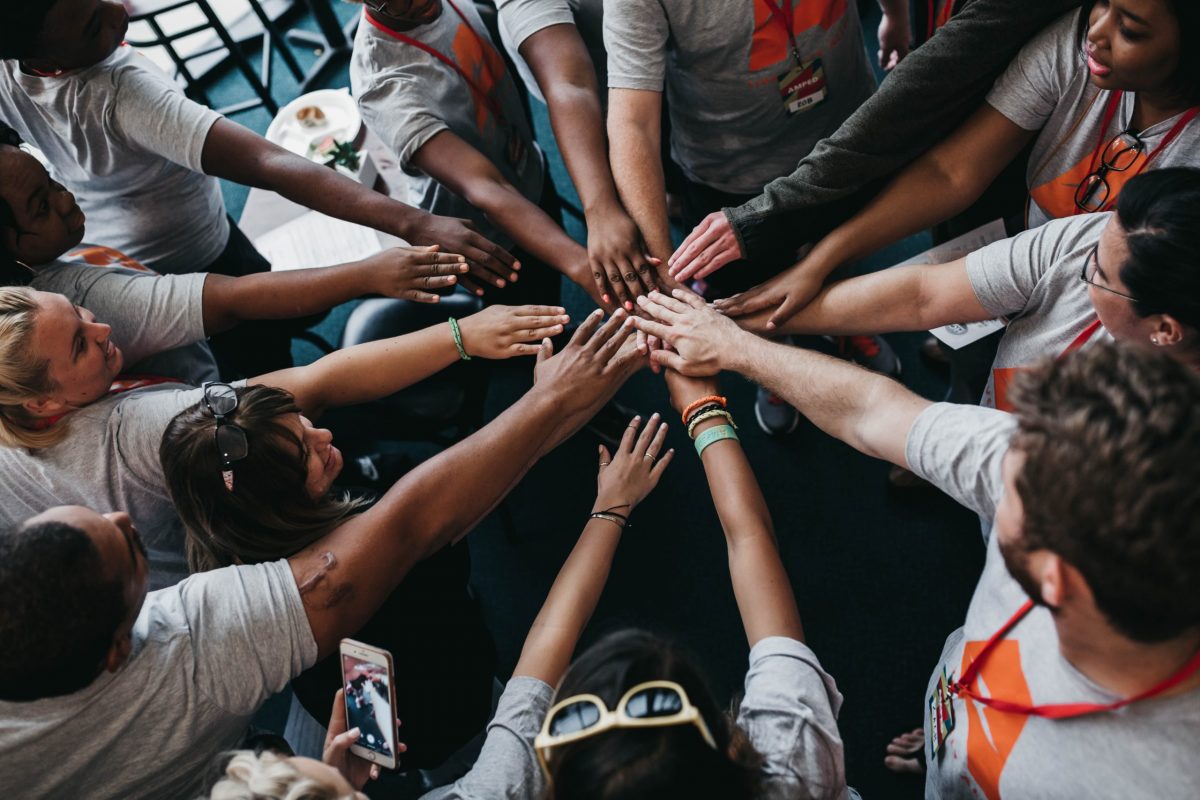I have a dream, and its name is Conscious Kids! And I want us to dream together. With my colleagues at Axialent, I work with great business and people leaders around the world. Fundamentally, we help build conscious cultures and coach leaders to successfully run conscious businesses. I love what I do. I really do it out of passion, and I am rewarded by the outstanding impact this work has on individuals and organizations. And yet, I feel there is so much more that can be done to foster consciousness in our ecosystems.
A few months ago, at an Axialent Board meeting in Barcelona, I had some sort of revelation: we could also support the leaders of tomorrow – our kids! This revelation made me feel 30 years younger, made my eyes shine, and filled me with renewed energy…and a new sense of noble purpose. I began my work toward this by preparing a series of videos where I addressed what conscious kids means concretely, how we could impact kids around the world, and how to make this revelation real.

When discussing “kids”, I am referring to potentially three different groups: children ages 7-12, teenagers 13-17, and those preparing to enter their adult and professional life.
In the first phase of these videos, I addressed the what (help kids raise their consciousness so that they are the owners of their lives), the why (our kids’ freedom of mind is at risk), and the how (to raise our kids’ consciousness and be the owners of their future).
The what of conscious kids is the DNA so to speak. It is helping kids to become:
- The player, rather than the victim of their life
- A learner, rather than a typical teenager pretending to know everything
- A master of their emotions, rather than being controlled by them
- Someone who thinks for themselves, rather than just as they are told to think
- Someone who speaks their truth constructively without the fear of avoiding confrontation or conflict and without disrespecting the opinions of others.
The why of conscious kids is somewhat obvious, yet under-addressed. Kids are facing many challenges today for which they are not prepared. There are more and more challenges coming up that nobody but themselves will have to manage individually and collectively.
As adults, we don’t yet know the solutions to the unique challenges they will face. But it is our job to prepare and empower them. As I see it, our children are endangered by three key phenomena:
- Social networks, which are based on algorithms that create circular thinking. Social networks do not only tell us what to think but also unconsciously how to think and what relationships to have or not to have with others. These are all the opposite of critical thinking, and of thinking for oneself.
- A dramatic polarization of opinions towards the extremes, which divides people within the same family, community, and country in an increasingly violent and lack of respect for others ‘world. Kids need to discover and master polarity thinking that is not taught at school.
- The meteoric arrival of the metaverse will immerse us — our kids first — in a world of virtual and augmented realities. Once again, for the better and for the worse. The metaverse, together with artificial intelligence and transhumanism, is revamping the notion of life and of WHO we are. Psychiatrists and psychotherapists have already evidenced how virtual worlds in some video games are leading our kids to face serious risks of loss of identity, confusion about reality, and what the sense of life is — not to mention the risks of manipulation and brainwashing in virtual reality worlds. The metaverse could also be a world of opportunities for the best — if we infuse it with consciousness and mindfulness.
One thing for example that is of major concern, I think, is the relationship our kids should consciously build with their AI avatar(s): The avatar is their self-representation / projection in the virtual worlds. We need to help them decide and define how this avatar could be their own hero: a hero who can help them become the best version of themselves in real life, and NOT a confusing chimera of someone they are not and should never be.
My fourth video on conscious kids was a very early reflection on how we can help kids raise their consciousness and be the owners of their life and future. A couple of possibilities include:
- A community-based learning & development program where kids will learn from each other, from their parents, from teachers, psychologists, therapists, and pediatricians, from their sports coach, from universities, from corporate foundations, and from all kinds of educational governmental agencies and NGOs — with the support of high-tech companies through strategic alliances.
- Gamification — through the investigation of how kids of different ages learn, providing video games, sports, art, and/or physical projects that are tailored to raising consciousness.
Our aim is to become a marketplace and connector, leveraging the ecosystem of private and public initiatives around the world for raising our kids’ mindfulness, and their ability to make this world a better place for them and for others.
Take a look at my series of videos about Conscious Kids:
At this stage I have three key inferences to be validated or not as we are confronted by realities in our experience:
- The ways kids learn and develop are obviously different from how we structure L&D programs for adults — and the way kids will learn & develop in the coming years and decades will be completely different from what it is today. Their world is changing dramatically at a pace that we adults might not even be able to imagine.
- Kids and their education are our future: I don’t know how yet, but I intuit that the kids themselves will be the masters of this game. They will tell us, we will learn from them, and they will make us grow. We will not be the teachers — just enablers, facilitators, and coaches. What a shift of paradigm in our education approach!
- Likewise, with AI and the metaverse we really need to figure out how together, kids and adults, we will shape the world and the life we want.
The next step in this exciting journey is to develop the how suite further. Stay tuned for further videos in our next phase, towards the end of the year. I am looking forward to this journey ahead, and hope you are with us!


 Compassionate leadership does not mean being “soft with people” and not holding them accountable. It certainly does not propose giving up business results in pursuit of caring for people or make them feel connected. At the heart of compassionate leadership lies the ability to recognize the potential and need of every human being and help them develop and grow in service of the business needs.
Compassionate leadership does not mean being “soft with people” and not holding them accountable. It certainly does not propose giving up business results in pursuit of caring for people or make them feel connected. At the heart of compassionate leadership lies the ability to recognize the potential and need of every human being and help them develop and grow in service of the business needs.
 It is about PROACTIVELY CREATING change in uncertain and disruptive environments. Different from resilience, it is about REACTIVELY RESPONDING to change in a constructive way.
It is about PROACTIVELY CREATING change in uncertain and disruptive environments. Different from resilience, it is about REACTIVELY RESPONDING to change in a constructive way.
 This is precisely how innovation in a corporation works. It is a hard job, with multiple tasks and things to do. You might be working on designing a new solution, defining the precise value proposition, and trying to get the buy-in from different stakeholders. Suddenly, an apparently simple problem is holding things up, and you might feel like it is the end of the world. You feel shame. You question your value, your capabilities, your management skills, or even your work.
This is precisely how innovation in a corporation works. It is a hard job, with multiple tasks and things to do. You might be working on designing a new solution, defining the precise value proposition, and trying to get the buy-in from different stakeholders. Suddenly, an apparently simple problem is holding things up, and you might feel like it is the end of the world. You feel shame. You question your value, your capabilities, your management skills, or even your work.


 When we start to
When we start to 



 Then, eventually, there was a point when I realized that the pain of not doing anything was larger than the pain of change. So, I started my
Then, eventually, there was a point when I realized that the pain of not doing anything was larger than the pain of change. So, I started my 
